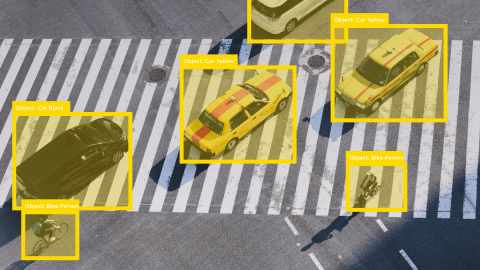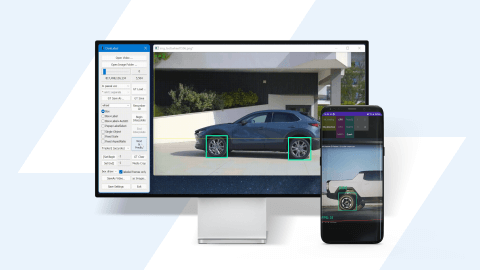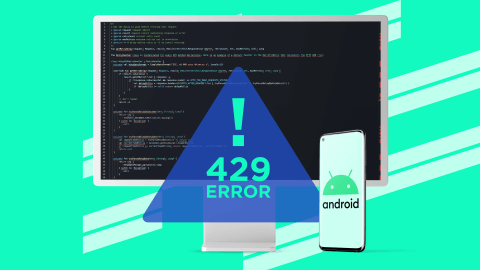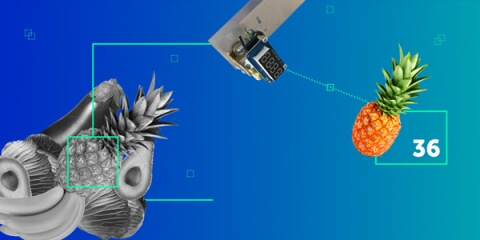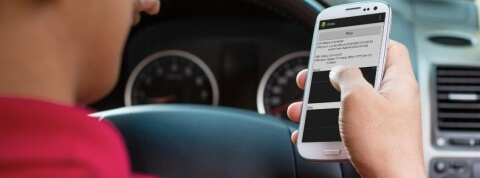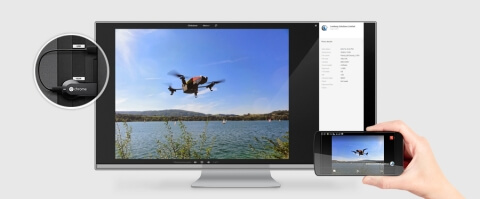Articles by Ruslan Yanchyshyn
Object Detection and Object Tracking Explained [Real Examples]
26 Jun 2023
Learn how object detection and object-tracking algorithms work based on our real project. Discover differences, uses, implementation, and other details.
How to Develop a Real-Time Object Detection System for Android
30 Nov 2022
An Android developer at LS explains how to embed computer vision into an Android app, using TensorFlow.
An Easy Way to Integrate the HTTP 429 Feature Using RetrofitRetry
19 Jul 2022
Caring about the steadiness of a customer's service is one of a developer's top priorities. That's why you need to implement the HTTP 429 feature that rate-limits the number of client requests from an app. Make your software solution as steady as a rock by using our practical code examples of rate limits created via the Retrofit library.
IoT in Retail: Building a PoC with Raspberry Pi 3 and Intel Movidius NCS
08 Nov 2019
Learn how Lemberg built a computer vision and edge computing PoC for retail using a Raspberry Pi and the Intel Movidius NCS.
Motion Gesture Detection Using Tensorflow on Android
25 Dec 2017
There are many different ways to interact with smartphones these days: touchscreen, hardware buttons, fingerprint sensor, video camera (e.g., face recognition), D-PAD, handset controls, and so on. But how about using motion gestures?
Here's How To Check Audio Latency & Why It's Important For Your App
05 Jan 2016
Audio latency is what you first encounter while developing any audio application for Android using a microphone. You can develop an app and find long audio delays in its work during testing or there is a better way… Here is a step-by-step guide on how to check the audio latency of an Android app before the start of development.
How-to Guide for OBDII Reader App Development
20 May 2014
Have you ever thought about different vehicle parameters being displayed in your own Android application? If so, then you've come to the right place. We will discuss what it takes to develop an OBDII reader application.
Developing a Chromecast Ready Application for Android Platform
05 Mar 2014
This article covers the topic of developing an Android Chromecast-ready application: below you’ll find some notes, comments and advice for the developers, as well as code samples and source code of the app built by Lemberg’s team.


